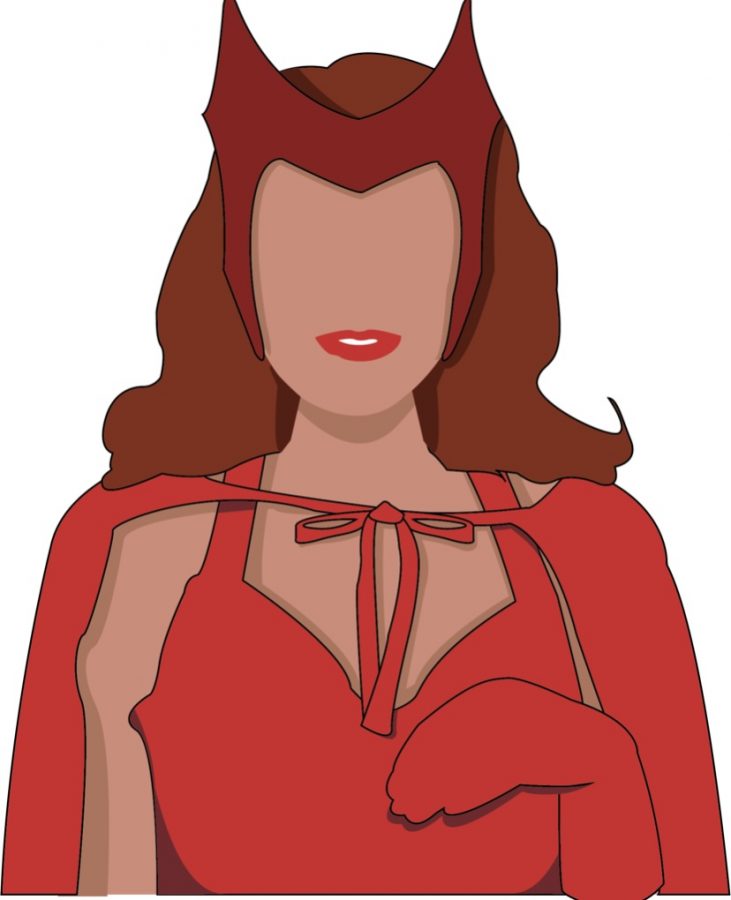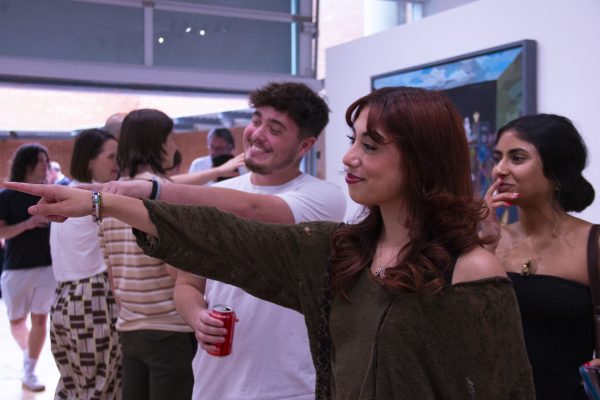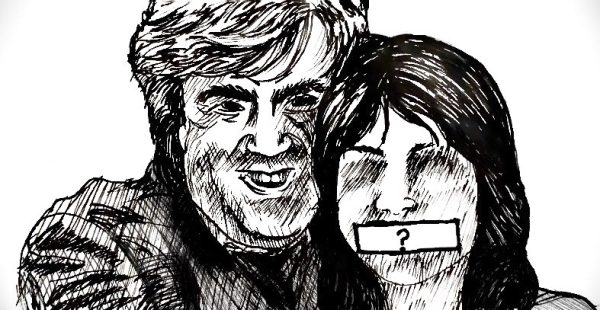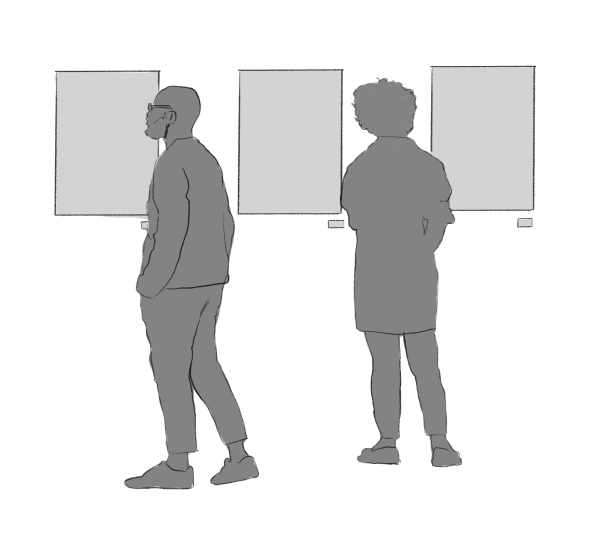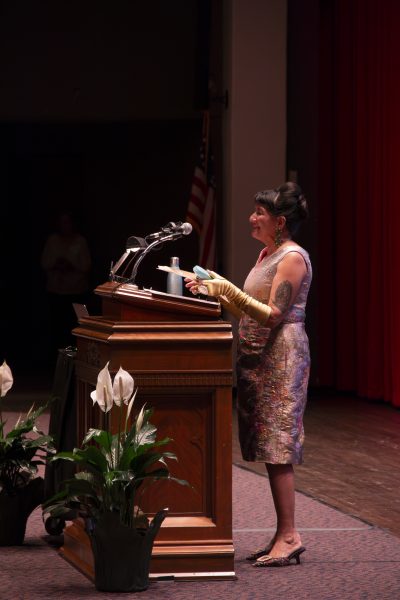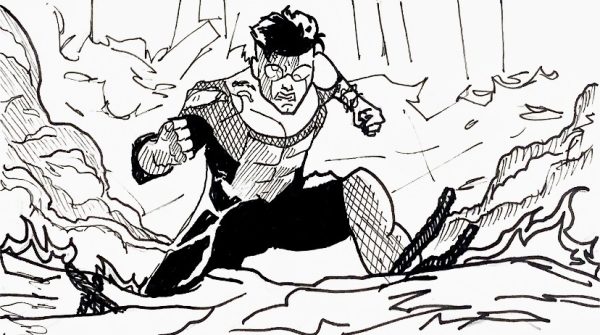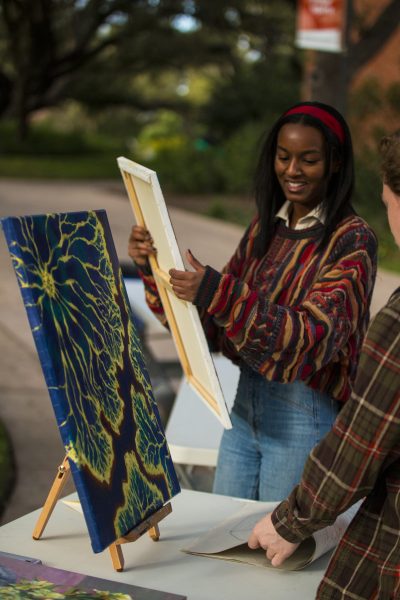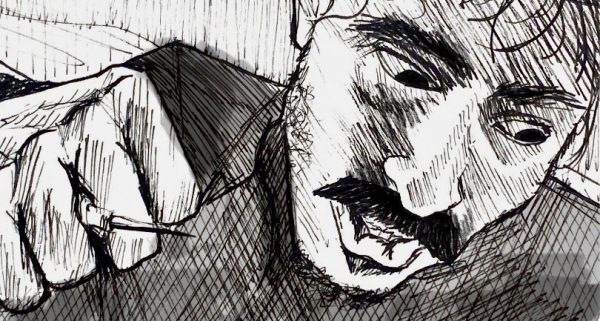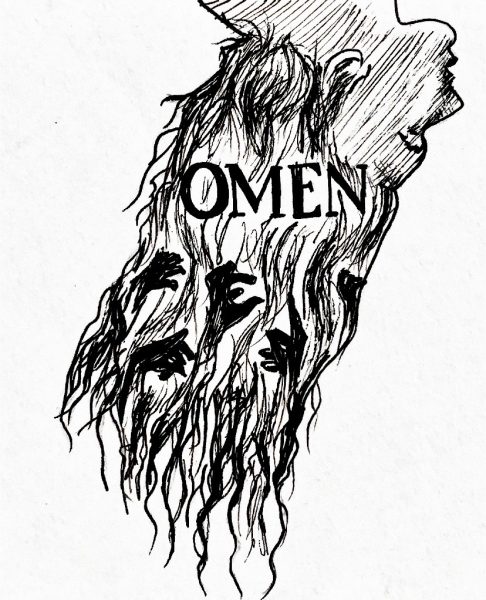Carefully representing grief in Marvel’s “WandaVision”
Viewers can find solace in Marvel’s critically acclaimed short series
I am usually behind the times when it comes to popular television shows and movies, and my ability to keep up has only gotten worse with the emergence of countless streaming services. For instance, I watched Marvel’s “WandaVision” on Disney+ three weeks ago — all nine episodes in less than 48 hours. I might be almost 10 months late to the “WandaVision” party, but I was struck by the show’s multi-faceted portrayals of grief, healing and love.
You should know that I am not a massive Marvel fan who has seen all 22 movies leading up to “Avengers: Endgame” in the correct order. If you ask me about most Marvel characters, I would not know much and may give the wrong answer. So, I most likely did not pick up on the nuances and hints in “WandaVision” that reference films and storylines within the Marvel Cinematic Universe (MCU). Nevertheless, maybe my casual understanding of the MCU and its characters helped me draw important connections between the stories told in “WandaVision” and the non-Marvel reality we inhabit.
Wanda Maximoff, the Scarlet Witch and Vision, an android/synthezoid who worked with the Avengers after he was given sentience, are living the ideal suburban life in Westview, New Jersey — or as ideal as a suburban life can be when one of the main characters is dead. Even I knew that Vision died in “Avengers: Infinity War” and that simply saying Vision died is putting it nicely. Vision’s physical body contained the Mind Stone, which was one of the six Infinity Stones, incredibly powerful gems that held concentrated aspects of the universe (like time, power and knowledge). Eventually we learned that Thanos, an alien warlord with a “galactic-spanning genocidal agenda,” was pursuing the Infinity Stones. In an effort to prevent Thanos from collecting all the Stones, Vision convinced Wanda to destroy the Mind Stone that sat firmly in his forehead, thereby killing him. But Thanos already possessed the Time Stone at this point— at the end of “Avengers: Infinity War” — and was therefore able to reverse time and rip the Mind Stone out of Vision’s forehead himself before Vision dies, all while Wanda helplessly watches.
There are other pieces to the plot of “WandaVision” — the intelligence agency called S.W.O.R.D. trying to break Wanda’s illusion that traps innocent people in a fake world, the use of styles of classic American sitcoms across the episodes, Monica Rambeau and her grief and the nosy neighbor Agnes turning out to be the centuries-old witch Agatha Harkness who gets her own theme song.
But I think grief sits at the heart of “WandaVision ” — grief in all its complicated forms, along with the ways living beside unshakable sorrow and all-beclouding hopelessness are rarely black and white, even though the first two episodes of the series happen in a 1950s black and white setting. Speaking of which, six of the nine episodes travel chronologically through the styles of popular American sitcoms. We start in the 1950-60s with the likes of “I Love Lucy” and “The Dick Van Dyke Show,” eventually making our way to the mid-2000s with confessional scenes that could have been taken straight from “Modern Family” and “The Office.”
The true power of paying homage to such sitcoms does not resonate for me until we learn about Wanda’s connections to American sitcoms. In episode eight, Agatha has revealed her true identity and tries to figure out why Wanda can spontaneously create by watching Wanda relive decisive moments from her past. In two flashbacks — the death of Wanda’s parents and the aftermath of her brother Pietro’s death — we see Wanda cling to the ideal suburban worlds of American sitcoms. These shows created a place of escape for Wanda where the crushing realities of her life could take the backseat, if only for a short time. She admits that these shows bring no comfort in the face of Pietro’s death, but numbness is easier than staring a now-unbearable future in the face. Having the reality created by Wanda parallel classic sitcoms alludes to how we run to what is familiar and to what feels safe when we don’t know what else to do.
I briefly mentioned Monica Rambeau earlier as one of the many plotlines of “WandaVision.” Although she might be classified as a minor character, I think her role in “WandaVision” points toward two easily forgotten aspects of suffering and grief: grief looks different for different people, and people need other people. We watch Monica experience grief in the midst of her mother’s death. And this grief compounds because at first Monica is unaware of her mother’s death. She was part of the half-universe wiped out by Thanos’ snap, and therefore did not exist when her mother died. Monica could have followed in Wanda’s footsteps when living with her pain; Monica could have withdrawn, isolated, created a world that apparently solved all the problems of her pain-filled reality. However, I do not want to disparage the way Wanda handles her pain. In episode eight, we see the origins of the town we have been watching: Wanda drives to the real Westview, specifically to a residential lot Vision had purchased for her so that they could live together. Overwhelmed by physically seeing the future that is no longer possible, Wanda collapses and gives birth to the fictional reality where Vision is alive. Grief can be paralyzing; it can be angry and blinding; it can also drive hope and purpose. Pain often feels like a chaotic storm of all those things.
I love the scene between Monica and Wanda in the finale. After the boundaries of the illusion are broken, Wanda walks past the glares of the freed Westview residents. Wanda sees the pain she caused and hesitantly asks Monica, “And you … you don’t hate me?” Monica quickly responds, “Given the chance and given your power, I’d bring my mom back. I know I would.” Monica’s response affirms the pain she knows Wanda is feeling and allows Wanda to know, if only briefly, that she is not alone. Looking into a set of eyes and seeing a pain similar to your own reflected there lightens grief’s unbearable load. Perhaps only minutely, but lightened nonetheless.
I don’t love “WandaVision” because I like Marvel and the MCU or because I love Kathryn Hahn (although I do). I love “WandaVision” because although grief, depression, sorrow, hopelessness and fear look different for everybody, I saw my own experience in Wanda’s words: “I’m so tired. It’s just like this wave washing over me, again and again. It knocks me down, and when I try to stand up, it just comes for me again. And I … it’s just going to drown me.” The show’s careful portrayals of real grief, slow, painful healing and love-driven sacrifice landed well on my weary and heavy-laden shoulders. And stories at their best remind us that we are not alone, that we are not made to carry the world, that darkness and pain are not the defining experience of our lives.

My name is Ayden Smith and I am a junior studying English here at Trinity. I am from Friendswood, Texas, and grew up coming to San Antonio for little vacations....

